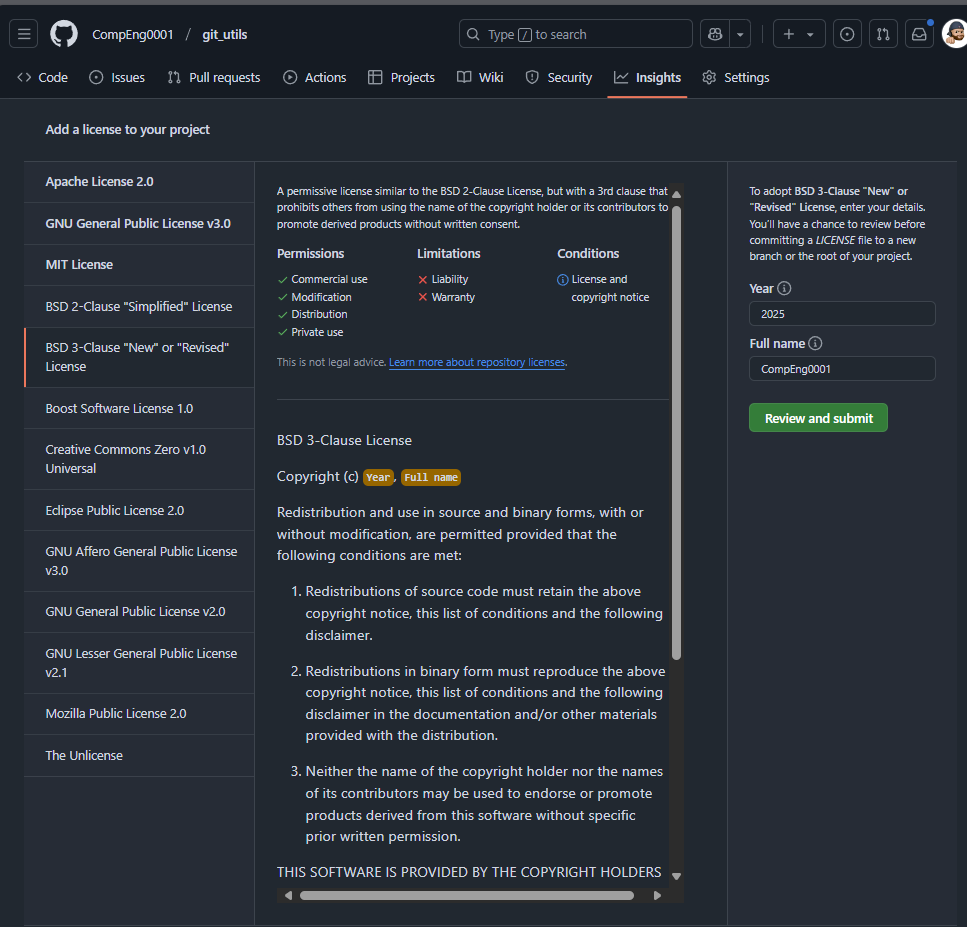|
Public policy differences
|
Typically associated with pragmatic policies that promote economic benefits of open source, such as reducing costs in government IT procurement.
Appeals to governments and organisations focused on innovation and collaboration without strong ethical framing.
Often aligns with digital economy initiatives and tech-sector growth strategies.
|
Advocates for policies explicitly embedding the principle of digital freedom, beyond economic efficiency.
Promotes access to technology as a right, particularly for underserved communities, aligning with broader social justice and human rights initiatives.
More appealing to policymakers in regions where inclusivity and access to information are central goals.
|

